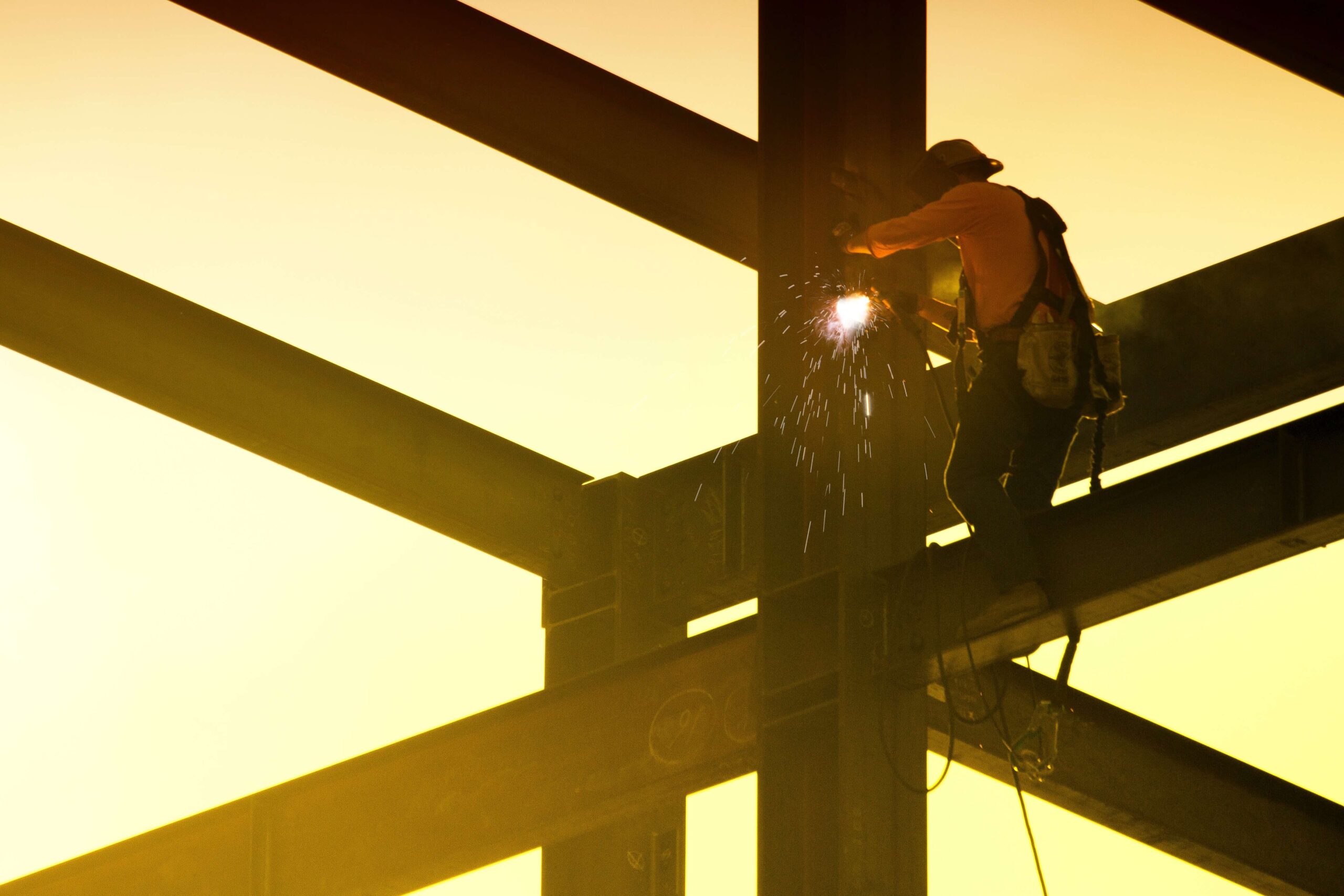
About 37% of blue-collar workers indicate they have a heavier workload due to staff shortages, a trend that isn't likely to change anytime soon. Companies worldwide are doing all they can to fill all their job vacancies and keep afloat. However, there is an untapped market here, former employees coming back, so-called boomerang employees.
Although this used to be a statistical anomaly in the past, things have slowly shifted in today's marketplace. These employees are starting to return to their former employees due to new incentives. They represent an untapped pool of talent we tend to overlook.
In this article, we will explore what boomerang employees are. The pros and cons of having them, and how your HR can bring old employees back into the nest.
What are boomerang employees?
Boomerang employees are employees that choose to return to their previous employer after working at another company in the interim. Today almost 15% of employees return to their former employers, and many more are willing to return. Employees no longer feel like they "burned all the bridges" when they leave a company. It has become a lot less personal.
Employees leave for a wide variety of reasons. Sometimes they go to further their carries, and they feel like they hit the ceiling in their old company's development wise. Other times they choose to quit the industry and the vocation altogether and pursue their passions. Finally, sometimes people leave because of a significant life event, like spending time with their kids or their spouse having a higher-paying job in a different location.
Whatever the reason for quitting, there are pros and cons to having them back.
Pros and Cons of boomerang employees
Pros
The first and most apparent pro when hiring back boomerang employees is the whole onboarding process. Your company spends a lot of time training its new hires and getting them up to speed on the company culture and their role within the company. A former worker already knows the ins and outs, and their transition process is much smoother. Even when they get hired back to a different role, the learning curve is a lot lower because of their previous knowledge.
The second most obvious pro is the cost. It simply costs more to attract, train, onboard, and even retain a new employee than to hire a new one. Therefore, every company needs to keep costs as low as possible, especially when hiring in the age of labor shortage.
The third pro is job satisfaction and overall performance. Old employees come back for a reason and are much more satisfied with their old company than new hires. While away, they usually acquire new skills that help them perform better than before, offering them a unique outlook on the organization and ways to improve it.
Cons

One major con of boomerang employees is basically how and why they left the company in the first place. If things ended sourly and only came back because they had no choice. Things could turn ugly quickly. Old wounds might open, and some of the old grudges might get in the way of being an effective employee. This also might affect the team's overall morale.
The other major con might be they not getting used to the new environment. Sure your company welcomed them back because you parted on good terms, but your company might have changed how it does things. It could be your policies or just new managers doing things their way that clashes with how things "used to be done". Whatever the reason, it can affect morale and performance, and they might not be a good fit anymore.
What can HR do to bring back boomerang employees?
We already discussed HR in the construction industry and why it plays an important role there. So let's talk about the importance of HR in bringing some of your old workers back and how it can create a company culture that incentivizes former employees to do so.

The first and most important thing your HR can do is let the employees know they are always welcome back unless they left under dire circumstances. They are always welcomed back with open arms and keep some lines of communication open. Please make sure that they let you know when they change addresses, phone numbers, or emails. If they are moving to another city your company is working or opening an office, there might provide them with their old job back. You never know.
The second, also equally important, is not giving them a reason to hate your company, to begin with. Keep attrition rates low by being an excellent company to work for. Make your worker's experience in your company a positive one, to start with, and make sure when you conduct an exit interview that you find out exactly why they are leaving in the first place.
In the exit interview, celebrate your employee's time at your company. For example, if they worked at a construction site for five years, ensure they know you appreciate their hard work in the past. Make a going away party if you can, don't stigmatize anyone for leaving, and find out how you could have made them stay in the first place.
Conclusion

Boomerang employees are an untapped pool of talent we tend to ignore because of our egos, first and foremost. That is no longer a luxury most companies have. Just because a person left doesn't mean they have forever ended their relationship with your company. We should be flexible and play the long game by letting our employees explore other options. We should also offer them a place to return, creating a positive work culture for everyone—a win-win situation.
On a related topic check out orientation for new employees, a short guide!
